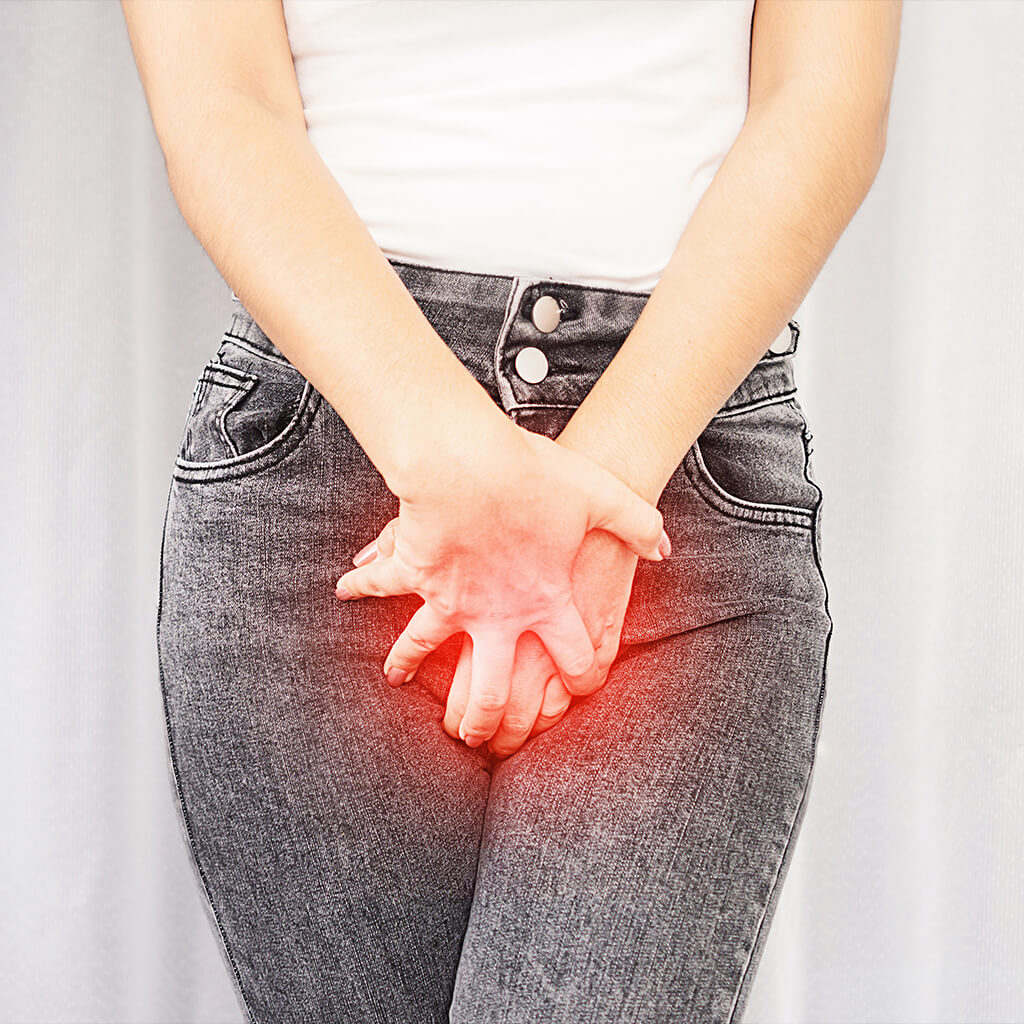Vaginal candidiasis: how to recognize it and treat it

Publication date: 04-09-2021
Updated on: 14-02-2023
Topic: Gynaecology
Estimated reading time: 1 min

Article Author
Communication Team GSD
Medical Editor
Mario Romano Mignini Renzini
Editor and Translator
Viktoryia LuhakovaThe risk of contracting vaginal candidiasis increases for women with high temperatures. A very common and annoying infection whose symptoms are itching, burning and atypical vaginal secretions.
Doctor Mario Mignini Renzini, specialist in Gynecology and Reproductive Medicine at Zucchi Monza Clinical Institutes, illustrates how vaginal candidiasis manifests itself and the correct behaviors to be taken to prevent it.
What is vaginal candidiasis
"Vaginal candidiasis is a fungal infection linked to vaginal colonization by a fungus, Candida, which can easily affect women, especially in childbearing age. It is an organism accustomed to living in the human body, where it coexists with other microorganisms and is present in the mouth, throat, gastrointestinal tract and genitals. Specifically, in the vagina, together with other bacteria, it forms a vaginal ecosystem capable of guaranteeing natural protection against internal and external aggressions and maintaining the right pH level (usually from 3.8 and 4). When the immune system is weakened, or we undergo antibiotic treatments, or in moments of stress, the fungus begins to multiply in an uncontrolled way, giving rise to vaginal candidiasis" - explains Dr. Mignini Renzini.
Causes
The manifestation of vaginal candidiasis is favored by numerous risk factors. In particular, it occurs more frequently:
- in people suffering from immunosuppressive diseases, generally more exposed to infections;
- in women with diabetes, as high sugar level facilitates the growth of the fungus Candida albicans;
- in pregnant women, due to the high concentration of estrogen which favors the increase in vaginal pH, a more favorable environment is created for the proliferation of candida;
- in women who misuse non-quality antibiotics and intimate cleansers;
- in women who have had unprotected intimate relationships with affected person.
Symptoms
Most women suffering from vaginal candidiasis experience the following symptoms:
- intimate burning and itching;
- pain in the vaginal intake;
- redness and swelling of the external genitalia;
- feeling of vaginal dryness;
- pains during sexual intercourse;
- dense whitish discharge;
- pain when urinating;
- ulcerations in the vaginal area;
- skin lesions in the area of external genitalia and perineum.
Tips for effective prevention
To prevent vaginal candidiasis, it is necessary to take care of nutrition, keep stress levels under control and follow some precautions in clothing and intimate hygiene, such as:
- avoid tight-fitting clothing;
- wear cotton underwear, preferably white;
- use sage and thyme cleansers;
- after swimming, replace the wet swimsuit with a dry one;
- eat fruits and vegetables and low in carbohydrates.
“If, despite these precautions, you are affected by Candida, it is necessary to undergo a gynecological examination. In most cases, recommended treatment is local therapy with antifungal ovules, vaginal creams or douches based on antifungals. Your doctor will prescribe the correct therapy for the specific case, analyzing both the symptoms and patient's medical history," – concludes Dr. Mignini Renzini.